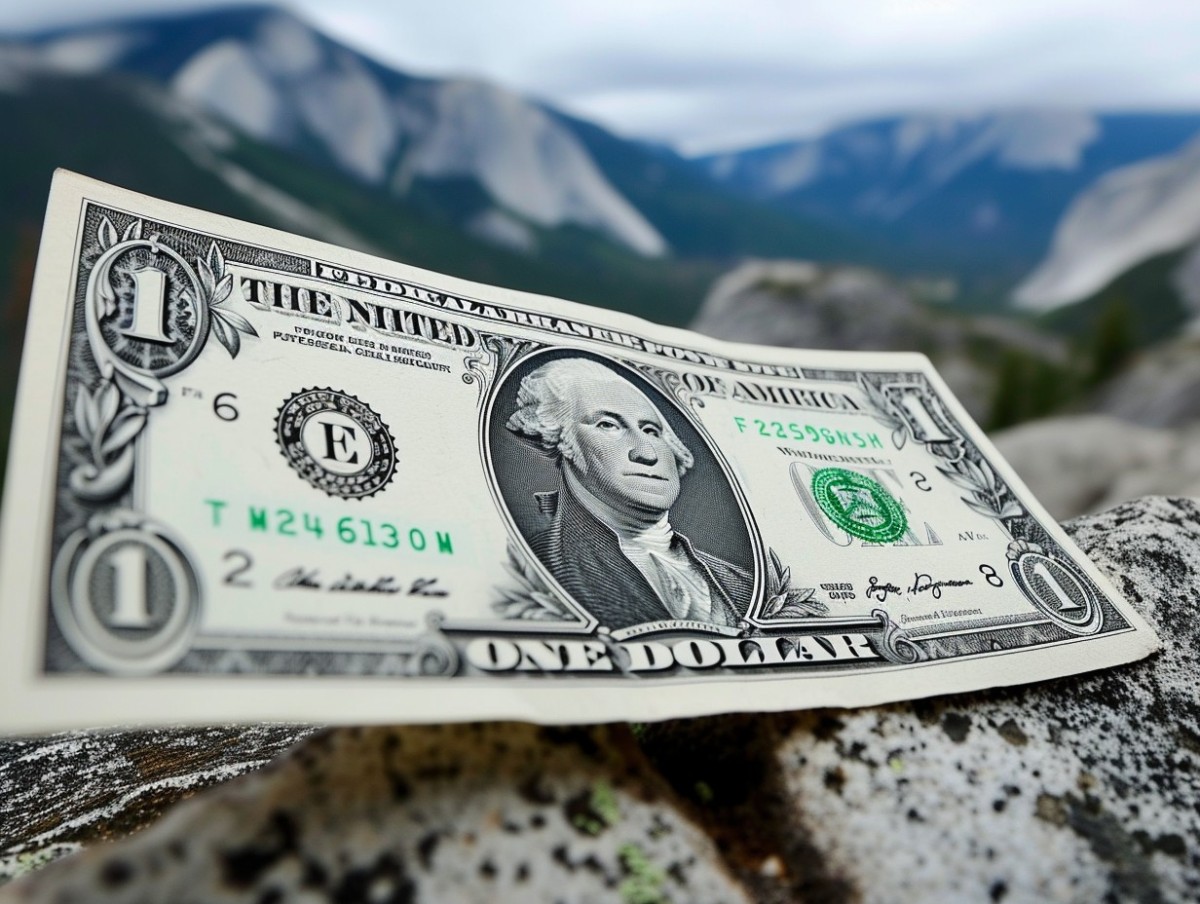The foreign exchange market, commonly known as FOREX, experienced a significant development as the US Dollar surged to a two-month high against major currencies. This upward movement was attributed to the Federal Reserve’s diminishing expectation of aggressive rate cuts.
Traders, grappling with the market dynamics, recalibrated their bets, leading to a boost in the Dollar’s value. This shift in sentiment reflects evolving perceptions about the Federal Reserve’s monetary policy stance.
The dollar takes a market win
On Monday, the dollar surged to a two-month high against its main counterparts as traders reduced their expectations on the Federal Reserve’s aggressive rate reduction this year.
The Fed repricing comes after Friday’s spectacular US jobs report, which significantly exceeded market forecasts and drove US bond rates surging, bolstering the country’s currency.
In early Asia trade, the Japanese yen plummeted to its lowest level since early December, trading at 148.82 per dollar before stabilizing at 148.43. Meanwhile, the euro was down 0.26% at $1.0762, near its lowest level since mid-December.
The actions helped lift the dollar index up 0.12% to 104.17, the highest level since December 11. In an interview with CBS’s “60 Minutes” on Thursday, Powell indicated that the Fed might be “prudent” in selecting when to drop its benchmark interest rate. The interview aired on Sunday night.
He explained that a healthy economy gave central bankers time to gain confidence that inflation would continue to slow. Fed funds futures now show approximately 120 basis points (bps) of easing priced in for the Fed this year, down from around 150 bps at the end of last year.
A March cut is currently viewed as a 16% chance, down from about 50% a week earlier. Sterling fell 0.17% to $1.2612, near its two-week low.
The pound reacted little to updated figures showing Britain’s unemployment rate was about 3.9% in the three months to November, compared to a prior experimental estimate of 4.2%.
Meanwhile, China’s central bank continued to employ the official guidance fix to maintain its currency stability. It fixed the yuan’s midpoint rate 1018 pips higher than Reuters’ estimate, the largest difference since November 2023.
That helped the onshore yuan slightly, but it still suffered against a stronger greenback, finishing the domestic day at 7.1982 per dollar, its lowest close since November 17.
Treasury yields rise – traders prices out March Fed cut
Treasury yields rose higher on Monday after Fed Chair Jerome Powell stated that the central bank would “give it some time” before decreasing interest rates.
Yields for different tenors rose by up to 10 basis points on the day, with the two-year note touching its highest level this year. It jumped 16 basis points on Friday, the market’s worst day in nearly a year after stronger-than-expected January employment statistics shattered hopes for a quick shift towards looser monetary policy.
Goldman Sachs Group Inc., Bank of America Corp., and Barclays Plc are among the Wall Street banks that pushed back their calls for the first Fed rate cut from March last week.
Treasury yields increased further on predictions of higher-for-longer US interest rates. The two-year yield, which normally represents near-term interest rate expectations, was last up 8 basis points at 4.445%, up from 18 basis points on Friday.
Treasury yields refer to the effective annual interest rates that the U.S. government pays on its debt obligations, such as Treasury bonds, bills, and notes. These rates are expressed as a percentage and play a crucial role in financial markets and economic analysis.
The 10-year Treasury yield, for example, represents the current rate that Treasury notes would pay investors if purchased today. Changes in this yield are closely monitored as they can reflect shifts in economic conditions or investor sentiment.
The U.S. Treasury debt serves as a benchmark for pricing other domestic debt and influences consumer interest rates. The purchase price or face value of Treasury securities is determined through a bidding process at auction, contributing to their role as a vital component of the financial system





